Mihaela is a Berlin-based architect and illustrator who is passionate about botanical art and bullet journaling. Mihaela's Instagram page, @bloomanddot glows with warm, natural tones, while her artwork is typified by clean lines and a largely monochromatic color scheme.
Image credit: @bloomanddot
But in between the beautiful drawings and journal spreads, Mihaela has also used her Instagram page to discuss the important topic of mental health. We wanted to learn more about Mihaela's artwork, journal, and her passion for mental health.
Image credit: @bloomanddot
Here's our discussion with Mihaela:
Can you tell us about your background as an artist and a creator? How did you get started?
I have always been quite creative and drawn to art in one way or another. I drew a lot of fashion illustrations in middle school, then had a tumblr blog where I created mostly collage-style digital fanart with Photoshop in high school alongside drawing very classic things such as still life in my art classes. Later I studied architecture which was very time consuming and didn't leave much time or space for private creative projects. I was just finishing my degree when the pandemic hit. All of a sudden, I was left with a lot of free time on my hands and I felt like I needed to reconnect with my old love for art, regain some of my skills but also hold myself accountable to draw regularly.
Image credit: @bloomanddot
This is why I started posting on my art Instagram account in September 2020 - to hold myself accountable and to grow my skills. It was a lot of fun for me and finding a spot in this wonderful artistic community on Instagram kept me going.
Image credit: @bloomanddot
What motivated you to create botanical and floral-themed creations specifically?
I've always loved plants and took photos of them all the time but never thought to draw them for some reason. Then in summer 2020 I discovered an artist called Anna Oszvald (@oszvaldann) through my personal Instagram account and fell head over heels in love with her illustration style.
Image credit: @bloomanddot
She gave me the inspiration and push to try drawing botanical and floral compositions. There is so much variety in the botanical world and as a very detail-oriented person, I really enjoyed learning about the different plants and trying to capture their individuality on paper.
Image credit: @bloomanddot
There is a lot of precision required to portray the character of a specific plant but on the other hand, you never have to be "perfect", because nature isn't. So the botanical illustration world it's a wonderful mix of exact detail and free interpretation if that makes any sense. And honestly, I just really enjoy the plant aesthetic.
Image credit: @bloomanddot
Can you share the inspiration behind the largely monochromatic theme you’ve adopted in much of your work? It’s a beautiful style of art.
I think that comes from my university studies. Monochromatic or very muted colour palettes are very common in architectural plans and graphics, which are usually quite minimal.
Image credit: @bloomanddot
I often had to do lots of quick sketches with a fineliner to explain my ideas to the professors. I think that that style really influenced my art now. I'm also a big fan of a vintage printing method called chalcography which uses copper plate engravings to create black and white line prints. However, lately I've also been dabbling in using watercolour and incorporating more colour into my illustrations.
Image credit: @bloomanddot
I’ve spotted some Pigma Micron pens in a few of your posts. Can you tell us about the materials you use to create black and white designs?
I mainly use Sakura Pigma Microns and Uni-ball Uni Pin fineliners to create my illustrations. Both brands have a really good range of nibs that vary in size and are really good quality.
Image credit: @bloomanddot
Oh, and a random Japanese black calligraphy brush which I got in Tokyo a few years back and have no idea what it actually is since all of the writing is in Japanese. I love it for a very opaque and matte background and I'm just praying that it never runs out of ink because I can't replace it.
Image credit: @bloomanddot
Can you tell us about your creative process as it relates to drawing?
It varies but I usually start with a very, very basic concept sketch to determine the composition on the paper. I just draw some circles or ellipses of where I want the flowers or leaves to go and once I'm happy with the placement, I go ahead and create a more detailed pencil sketch before inking with a fineliner.
For some of my bullet journal spreads I also do a mock-up collage of the spread in Adobe InDesign just to be sure that the layout works well before committing to working on it on paper. Depending on the materials I use or the complexity, a drawing or a spread can take anywhere from an hour to 3-4 hours. I have found that things take longer if I use watercolour because I often have to wait for some parts of the painting to dry completely before continuing.
Image credit: @bloomanddot
I rarely sketch and finish a drawing in one sitting though. I think that I get bored and tend to overwork things if I'm looking at the same piece for too long, so I take breaks after each stage (concept sketch, pencil drawing, inking, watercolour) or even work on the drawing over multiple days.
Image credit: @bloomanddot
You’ve shared some posts about the importance of mental health. While creative expression can be beneficial to one’s mental health, it’s also true that some artists’ mental health can be negatively impacted by the pressure involved in their work. Can you tell us a bit about your perspective on the link between creativity and mental health?
This is a really complex topic and one that I'm very passionate about. I've had a bit of a rough patch with my mental health over the past two years and drawing regularly really helped me develop a hobby and a purpose outside of the pressure of my masters and later my job.
Image credit: @bloomanddot
It occupied my free time and my brain so I wasn't constantly falling into an anxiety and depression loop. I can only speak from my personal experience and for me the key factor that has really impacted my mental health wasn't the creative process itself but posting my art on Instagram.
While the platform has been really amazing in connecting me to like-minded people, making me feel like I'm a part of an incredible community and providing endless opportunities to learn new things and get inspired, the competitive aspect of posting on it took a toll on me. At first it was really fun and enjoyable, but my account started growing and with that my internal perfectionism went into overdrive. I felt a lot of pressure to post regularly and come up with more and more amazing and elaborate drawings and bullet journal spreads each time.
Image credit: @bloomanddot
I didn't realise what was happening at first but this kind of stress completely blocked my creativity and I was in a constant loop of wanting to please and deliver a perfect result for my followers and not being able to do so. This, combined with constantly comparing myself to so many other amazing artists and feeling imposter syndrome made me want to abandon my account for good. In the one year I've been active on it, I already had to take multiple month long breaks from posting because my already fragile mental health was declining even more.
Image credit: @bloomanddot
The latest hiatus I took over the summer and the changes that Instagram made allowing users to hide likes however really helped me find a healthy balance between wanting to share my art and feeling the pressure to create more. I finally feel more free to create what I want again and explore new things.
Image credit: @bloomanddot
My advice for all artists and creators starting on Instagram is to enjoy the benefits of the platform but to be very wary of how it can slowly negatively impact your mental health. Just remember that you have to create your art or your bullet spreads for you and sharing them with an audience that enjoys them is an added bonus. You should never feel like you have to pump out content for your followers if you don't feel like doing it for yourself.
Image credit: @bloomanddot
Finally, can you tell us about how journaling impacts your artwork? Do you use your journal to complement your work as an artist by keeping your ideas organized and by creating designs, or do you consider your journal more of a practical tool for notes and reminders?
I use my bullet journal as my personal day to day planner - for work and my personal life - so it's really more of a practical tool for me but also a way to experiment and try different things or art styles through my spreads.
Image credit: @bloomanddot
I usually keep a separate notebook for writing down ideas or doing quick sketches for drawings I want to do at some point. In months where I'm really busy privately and I just don't get the time to work on additional illustrations, my bullet journal spreads are my only creative outlet.

Image credit: @bloomanddot
Thanks to Mihaela for answering our questions. Be sure to follow her at @bloomanddot on Instagram.
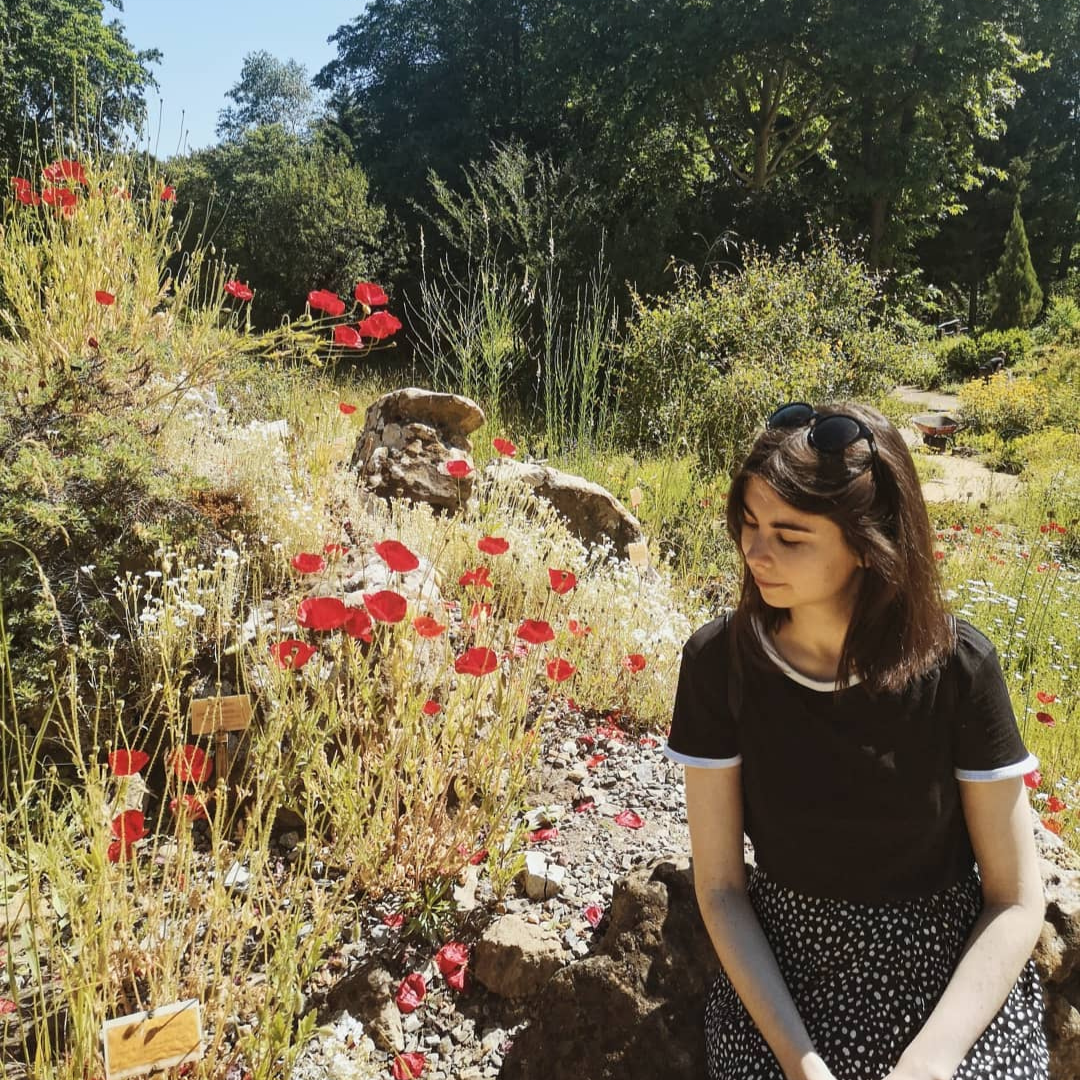
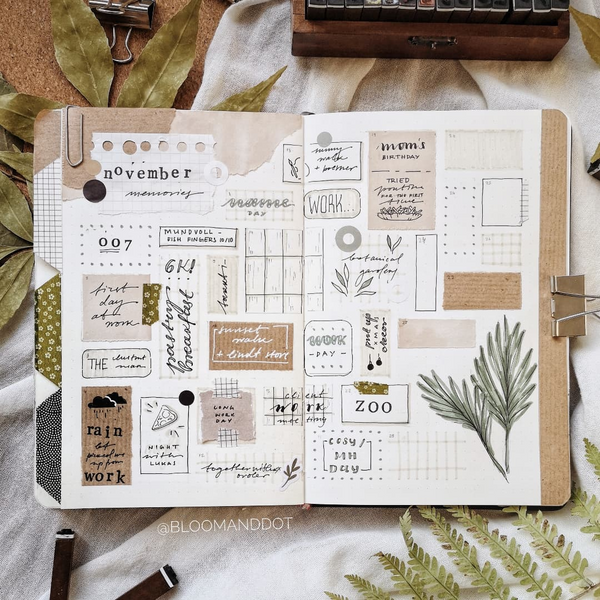
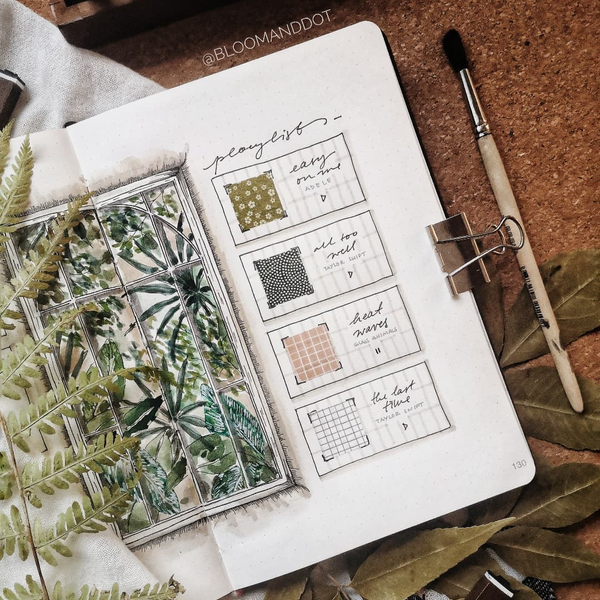


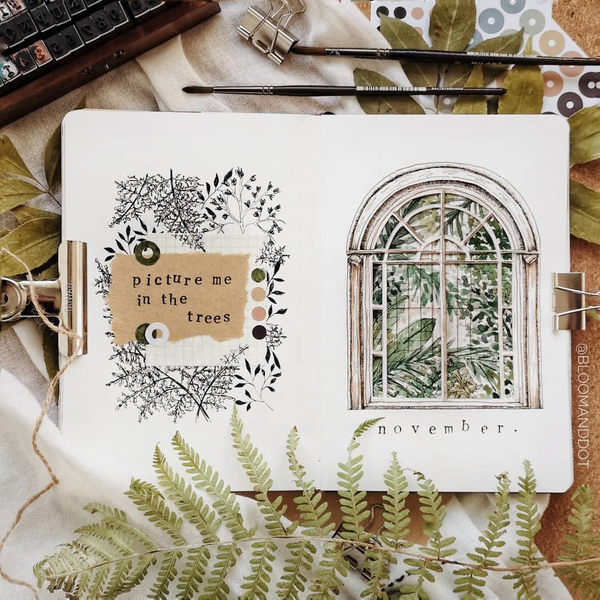
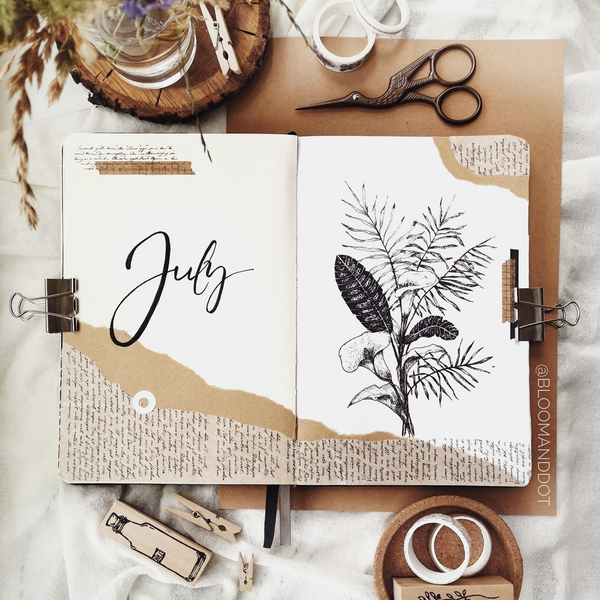



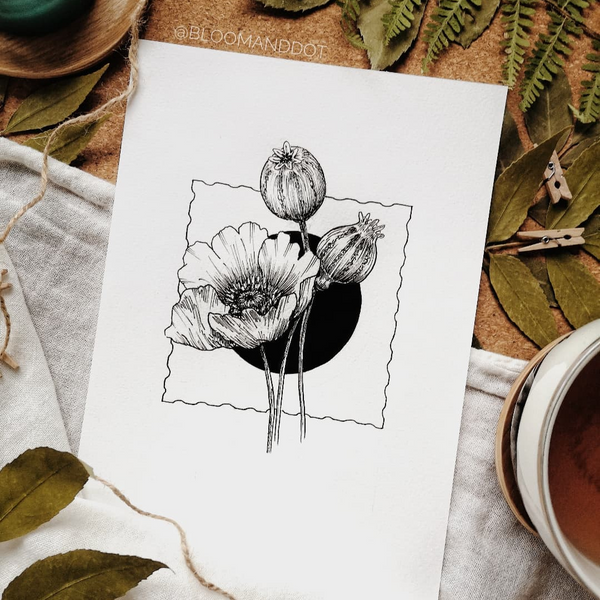
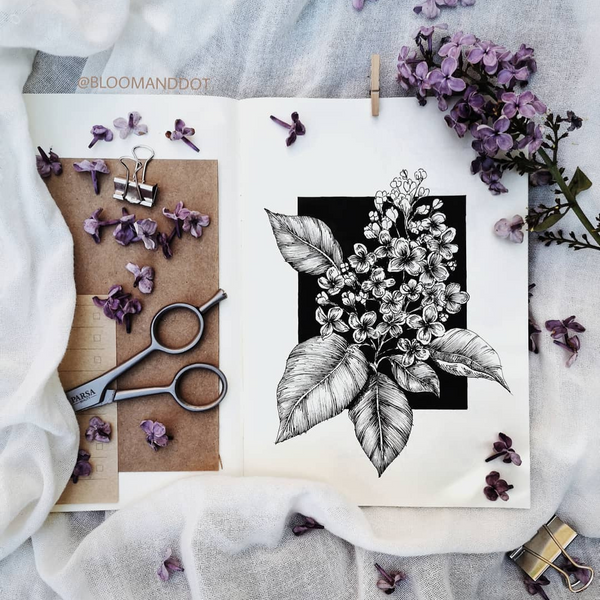

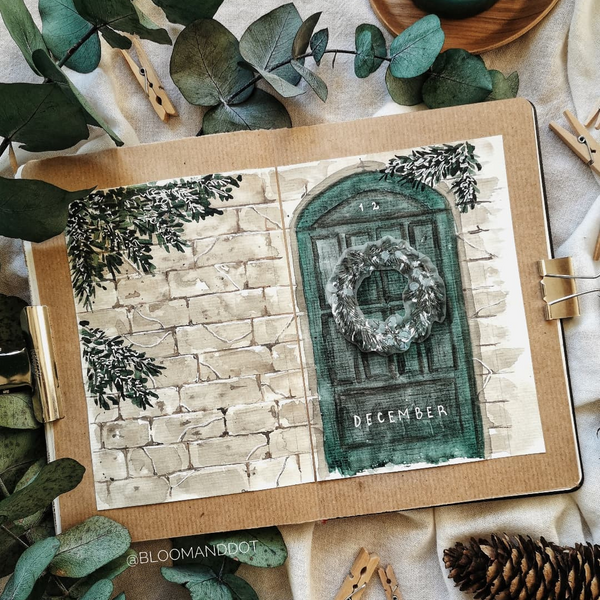
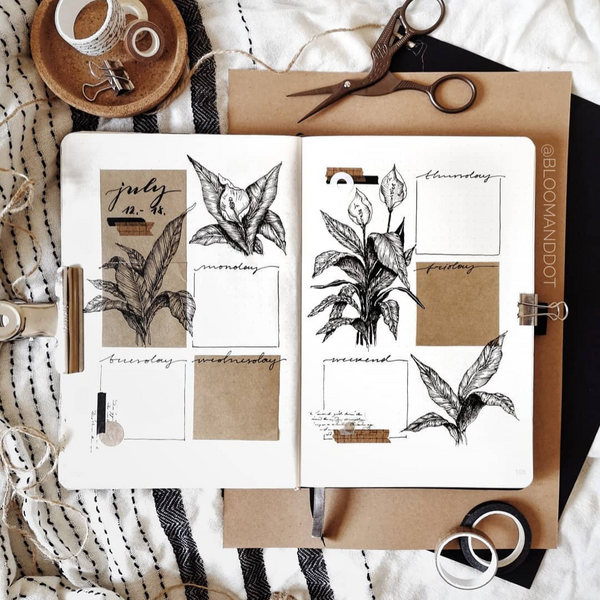

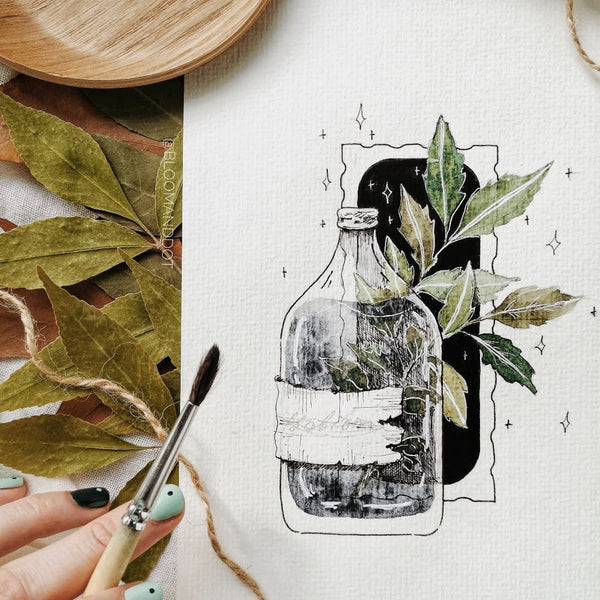
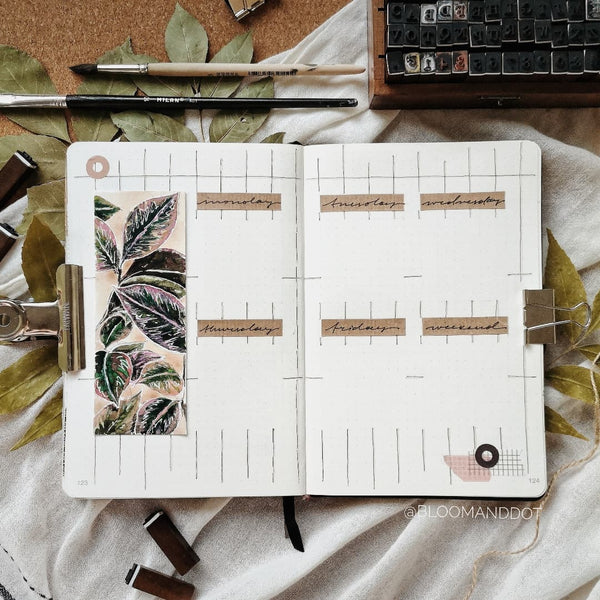



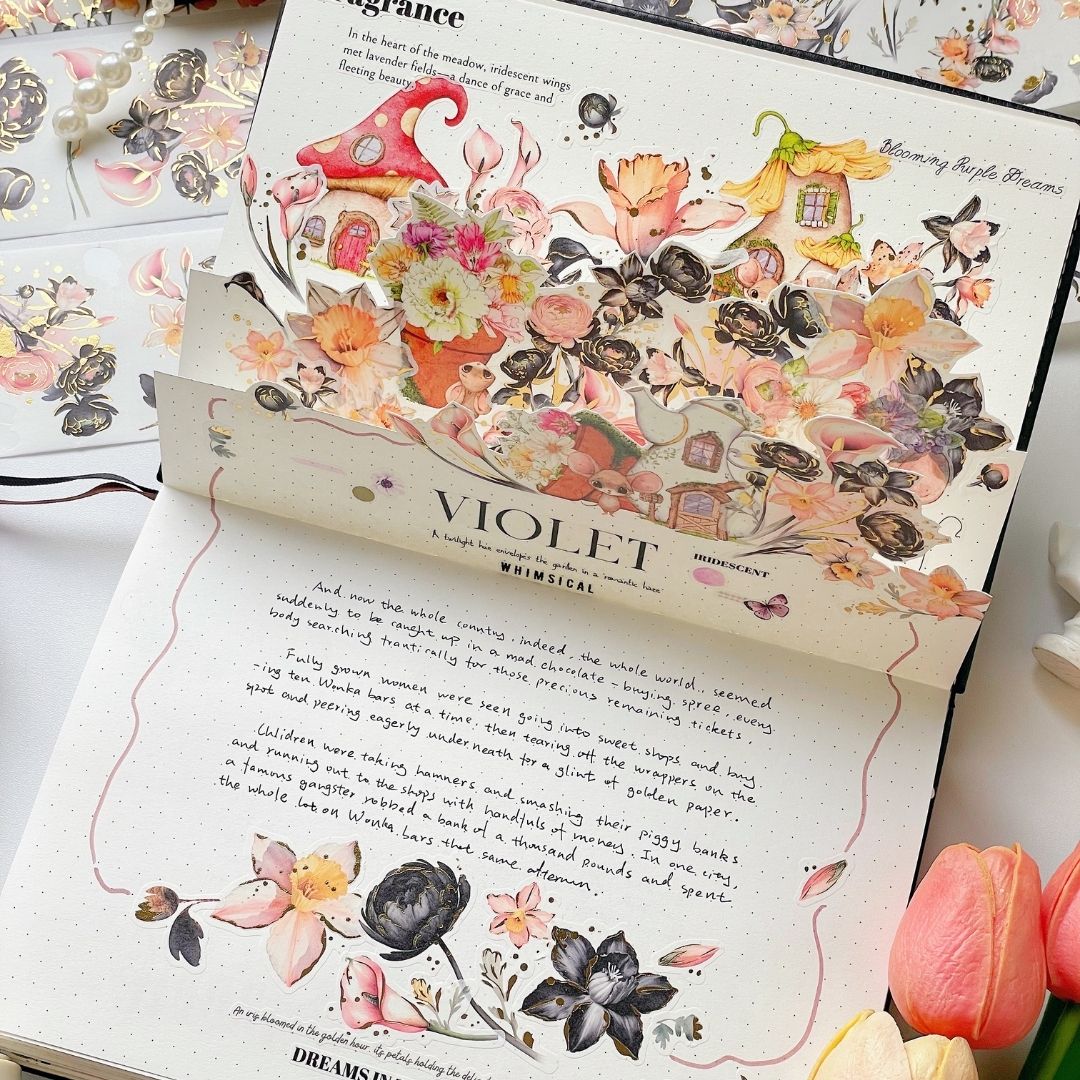
Comment
We can help you solve all HACKING RELATED PROBLEMS
●Hacking of all social media accounts
●Spying on cheating partner
●Retrieving of lost Cryptocurrency
●Data alteration
●Finding of lost phone
●Clearing/paying off of mortgage/loan
●Increasing of credit score
●Bitcoin mining
●Tracking of location
●Hacking of cell phone/other devices
●Block out or track down hackers
Secure yourself now!!!
Contact: cyberhelpdesk88@gmail.com
WhatsApp: +1 (209) 809-0176
Telegram: +1 (209) 809-0176